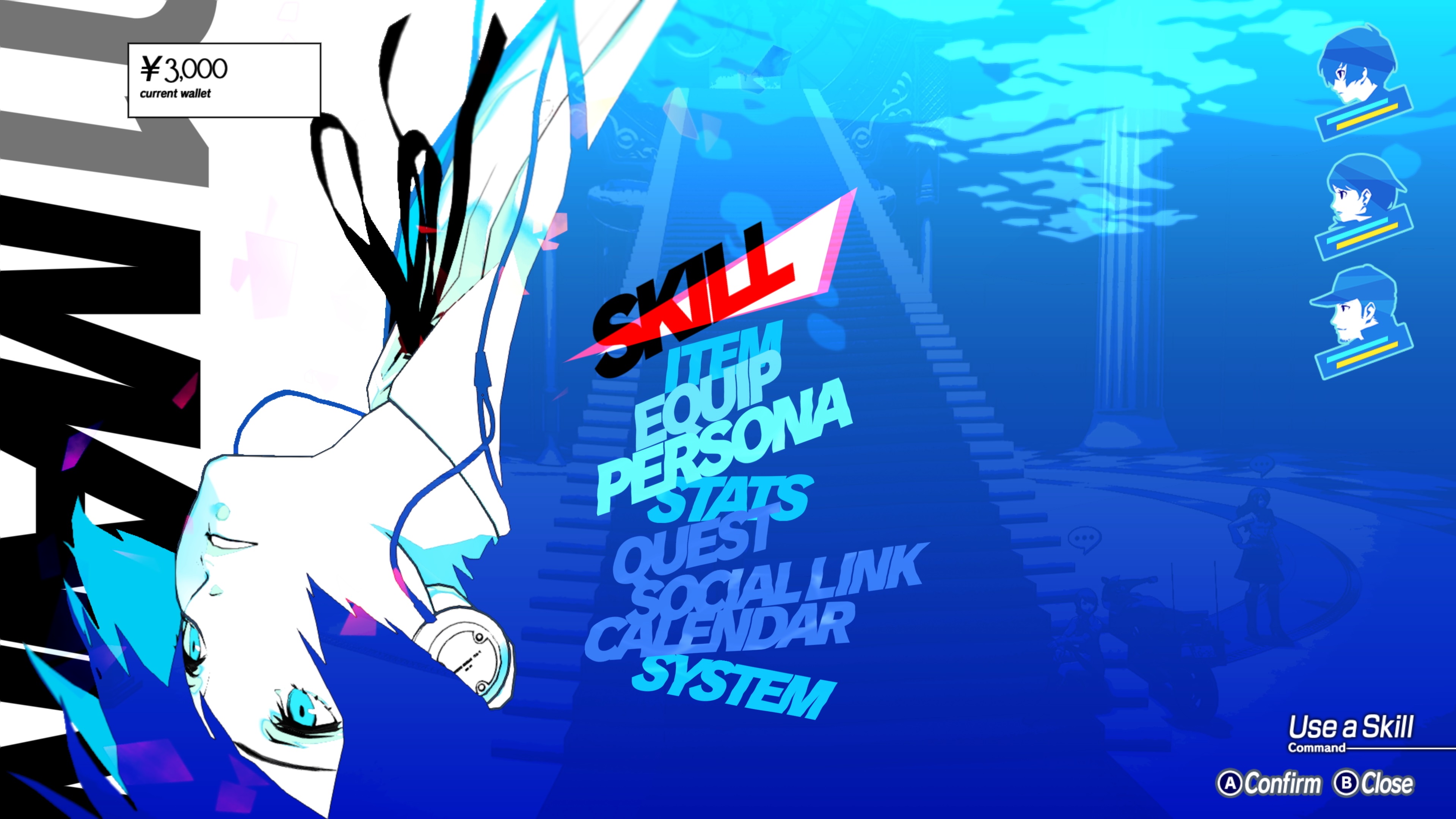Her Code Got Humans on the Moon
Reading about Margaret Hamilton’s incredible life and career was eye-opening; I was not aware that a woman played such a central role in the United State’s Space Race efforts, not was I aware that “software engineering” was already a thing back then in the 1960s (albeit in its early stages). I feel like there are no words that can begin to describe just how impressive it was for her to juggle motherhood and her career in an era with layers of glass ceilings for a woman to break through (especially in engineering), all while setting the foundations of a discipline that is so integral to modern life. The unfathomable amount of responsibility assigned to Hamilton and her ability to set up all those crucial programs and troubleshoot while under immense pressure really put things into perspective for me. Whatever struggles I have with the more technical aspects of this course are nothing compared to hers, and her story gives me more drive and inspiration to take on my fears in coding and physical computing.
Emotion and Design: Attractive Things Work Better
Donald A. Norman makes a compelling argument about the balance between practicality and visual aesthetics that I absolutely agree with. Just the right amount of consideration for each is dependent on the context and purpose of the design; tools that are to be used in serious, concentrated efforts should of course be straightforward in design, but there are great benefits to be gained from adding style to the tools and activities we engage with in everyday life. We are naturally enticed by attractive things, and when using things that look good our “behavior seems to go along more smoothly, more easily, and better” (Norman). We derive joy from using aesthetically pleasing tools, but only if usability has not been compromised for visual style. Video game interfaces very well exemplify the need for this balance: visually, they must be appealing and in line with the style of the game, but they must also be easy to navigate as to not hinder gameplay and turn players away. I think the UI design of the Persona series (attached below) are the prime examples of good visual and interactive design:



